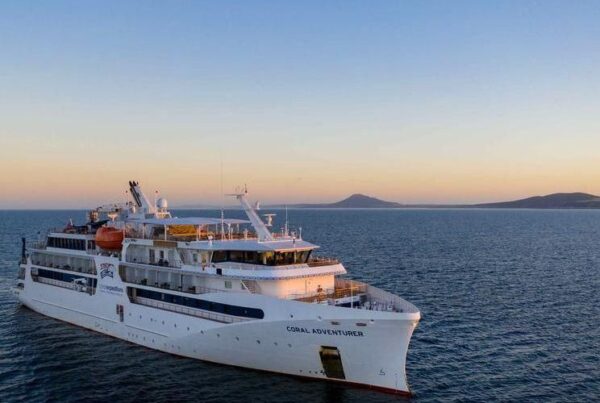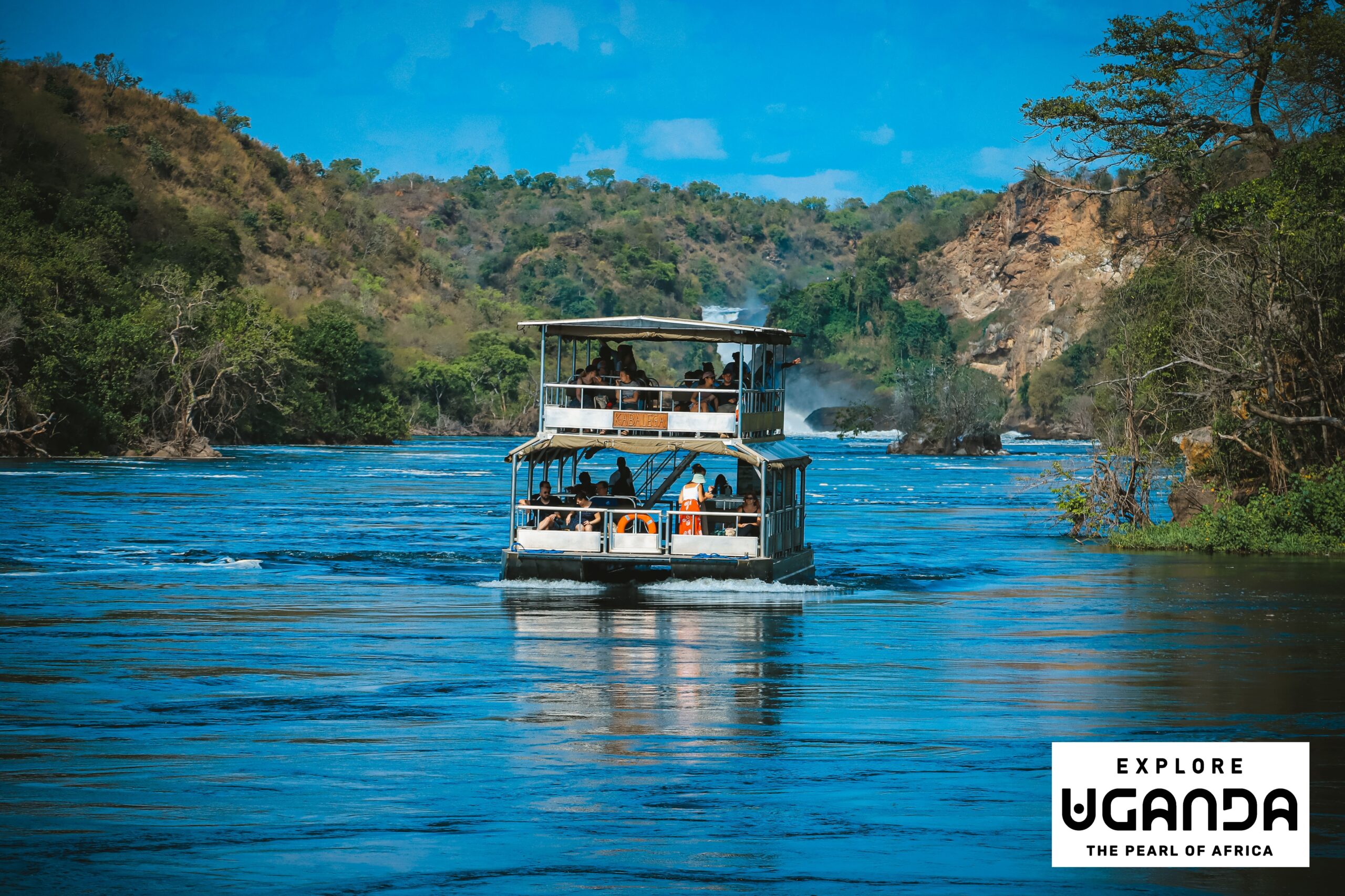Sydney’s newest international airport, Western Sydney International (Nancy-Bird Walton) Airport (WSI), is one step closer to welcoming passengers with the unveiling of its state-of-the-art terminal. Major construction works are now complete, setting the stage for this 24-hour hub to transform travel to and from Australia.
WSI CEO Simon Hickey was joined by Prime Minister Anthony Albanese and Minister for Infrastructure Catherine King to mark this milestone, alongside partners including Qantas Group, Singapore Airlines, Menzies Aviation, and dnata Catering & Retail.
The striking terminal design, shaped by a collaboration between London-based Zaha Hadid Architects and Australia’s COX Architecture, draws inspiration from the natural beauty of the Greater Blue Mountains and the cultural heritage of the Dharug people. From the sandstone interiors to the ceiling’s sweeping lines, passengers will be greeted by a uniquely Australian experience that honours the local landscape and First Nations culture.

Terminal A Before & After Shots
“WSI will deliver a seamless and stress-free experience, offering a new 24-hour international gateway for Sydney and opening up significant economic opportunities for Greater Western Sydney,” Mr Hickey said. “Travellers will enjoy the vistas of the Blue Mountains and the stories of Dharug country woven into the terminal’s design.”
Beyond its aesthetics, the terminal is a showcase of innovation and sustainability:
- Around 9 million work hours have been expended on the terminal, with more than 2,000 workers on-site at peak – 60% of the entire project’s direct workforce.
- The terminal’s internal floor space is equivalent to 13.5 football fields.
- The ground-level arrivals hall features 40 self-service check-in kiosks and 34 bag drop kiosks for a seamless check-in experience.
- The 5km-long automated baggage handling system is the most advanced in Australia, processing 2,000 bags an hour.
- Its roof comprises 3,500 tonnes of locally fabricated structural steel, 58,000sqm of metal sheeting, 40km of steel purlins, and 800 panels of skylight glazing.
- The suspended aluminium feature ceiling is the largest of its kind in Australia, using low-carbon aluminium that saved over 3,000 tonnes of embodied CO₂.
- The 8,848 solar panels installed on the roof and covered walkways save around 4,052 metric tonnes of CO₂ each year – the equivalent of removing 964 cars from the road.
- The ceiling’s wave-like design reflects the Blue Mountains using 188km of aluminium extrusion battens to maximise natural light.
- The terminal also features eight 15m-high concrete columns supporting the grand entrance veranda, each containing steel sections and rainwater pipes.
- Three ‘swing gates’ enable gate lounge doors to switch between domestic and international services in just 30 minutes.
- The airside aircraft apron spans 136,000sqm, catering for up to 26 aircraft, with 7 fixed link bridges and 13 smart passenger boarding bridges.
- A 700-kilolitre rainwater tank supplies recycled water to equipment, irrigation and amenities.
Mr Hickey paid tribute to the thousands of workers and local businesses that made this ambitious project a reality. “Since the first sod was turned, nearly half the workforce has come from Western Sydney, with many learning new skills on the job. This is their legacy,” he said. More than $500 million has been spent with Western Sydney-based businesses, supporting the growth of the region’s economy.
Adding to the excitement, Air New Zealand has signalled its intent to operate direct services between WSI and Auckland, marking the first international trans-Tasman airline to express interest in connecting New Zealand with Australia’s first major new airport in over 50 years.
This new route, expected to begin in mid-2027, will complement Air New Zealand’s existing Sydney Kingsford Smith Airport services, giving travellers more choice and convenience, particularly those heading to or from the fast-growing Western Sydney region. The route will be supported by the Western Sydney International Take-Off Fund (WSITOF), a joint initiative between the NSW Government and WSI to encourage early international access.
“We’re proud to be the first international trans-Tasman airline to connect with WSI and look forward to working with our Australian trade partners to connect more travellers with the people and places they love,” said an Air New Zealand spokesperson.
While construction of the terminal itself is now complete, the fit-out of airline lounges and retail spaces will continue in the lead-up to the airport’s planned opening for domestic, international and air cargo services in late 2026.
For the region and for all of Sydney, the Western Sydney International Airport promises not just a new way to fly, but a new chapter in the city’s growth story.
Photo/Video Credit: Ruth Gold.









